Affiliate links on Android Authority may earn us a commission. Learn more.
Android Marshmallow problems: troubleshooting guide
Published onFebruary 19, 2016
The Android Marshmallow update may have only rolled out to just over one percent of Android devices but that number is about to pick up significantly, with Samsung releasing Marshmallow for the Galaxy S6 and LG pushing it out for the G4 and G3. Nexus users and Moto X Pure Edition owners have been enjoying Android 6.0 for a while though.
While Android 6.0 Marshmallow brings a lot of great changes to Android, it’s not without at least a few flaws. With that in mind, here are the major Android Marshmallow problems new updaters can expect to encounter, and how you can fix them.
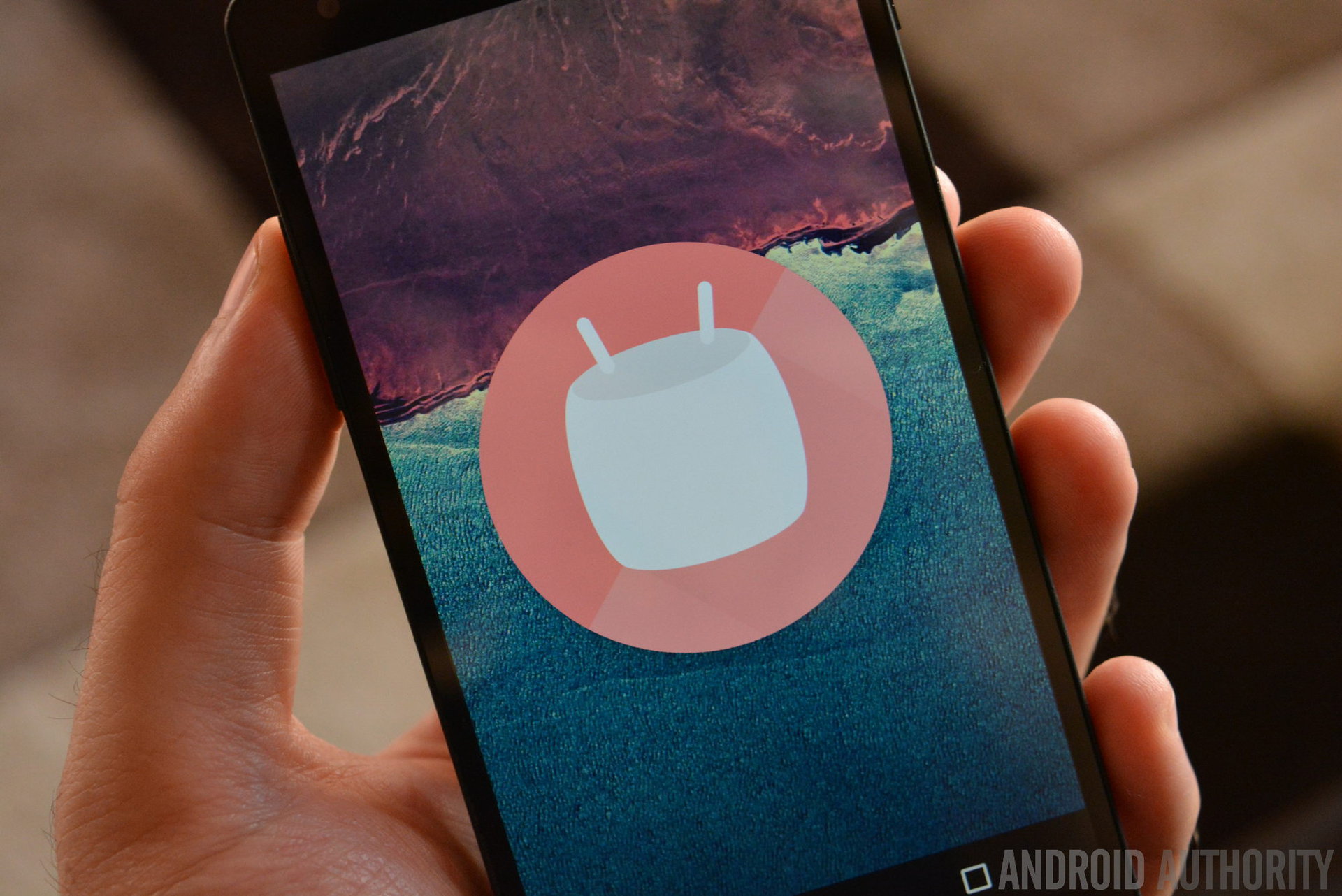
Marshmallow battery drain
Battery drain is the one sure-fire update problem that almost everyone experiences eventually. Not surprisingly, Marshmallow battery drain is one one of the major Android 6.0 problems being bandied about the interwebs. Early cases of misattributed Wi-Fi battery drain tended to just be bad system reporting, but other more serious battery problems are easy enough to deal with.
If your phone or tablet is suffering from genuine battery drain after the marshmallow update, the easiest thing to do is wipe the system partition, also known as the system cache. Think of this like emptying the smelly juice out of the trash can before putting a new bin liner in: it leaves things fresh and clean for the future rather than having them polluted by leftovers of the past.
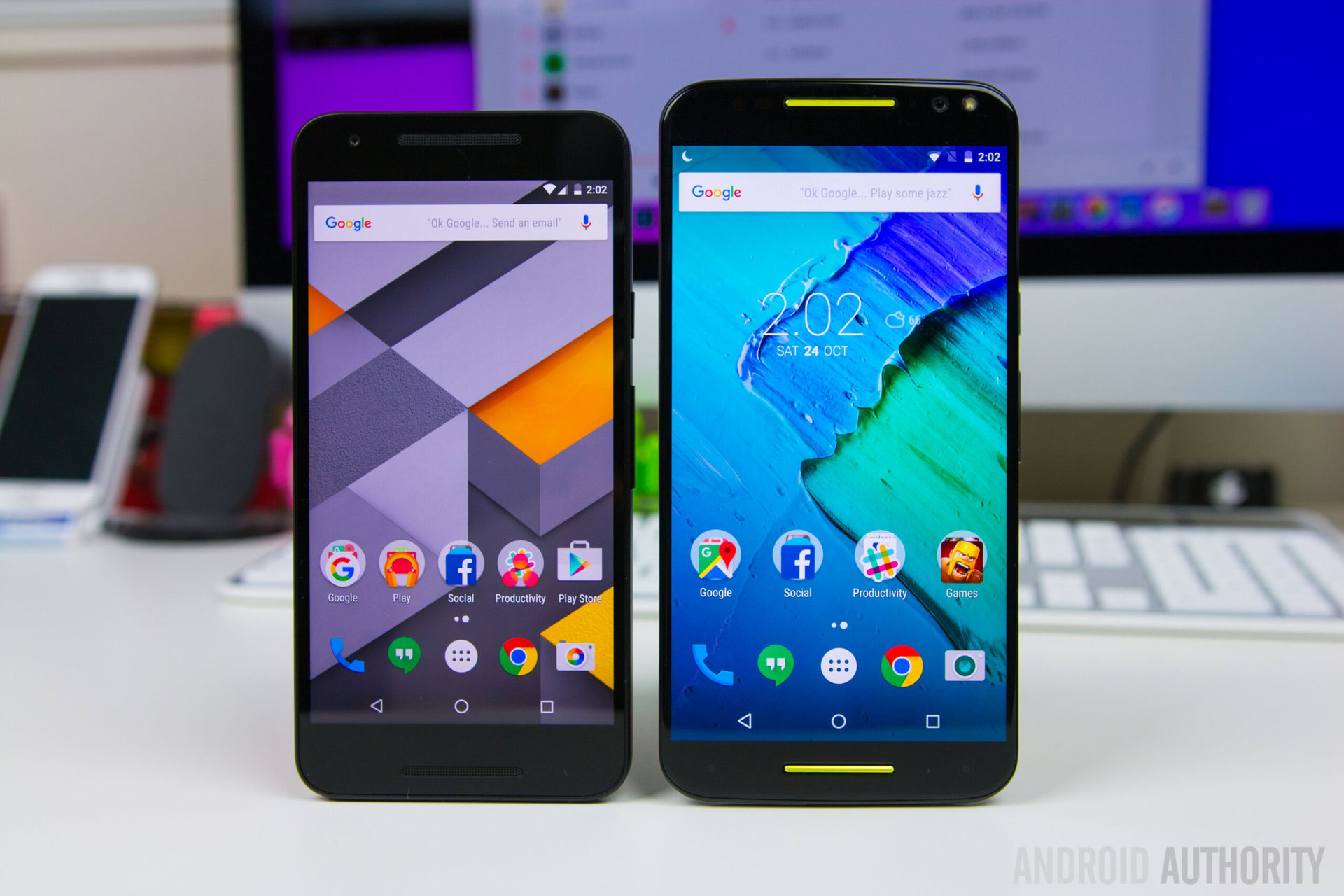
Depending on your particular device, the path may be slightly different, but for Nexus devices:
- Go to Settings > Storage and USB > Cached Data > OK. This will wipe your system partition.
You can also do the same thing from recovery mode:
- Turn your phone off
- Hold Power and Volume Down to access Fastboot (again, this process differs with different devices)
- Use the volume buttons to highlight Recovery and press Power to confirm.
- If you see the Android robot, press Power, then Volume up briefly to access Recovery.
- Scroll down to Wipe cache partition and hit Power to confirm.
- Scroll down to Yes and hit Power to confirm.
- Reboot
If the problem persists, you can also clear the app cache for your device (explained below) and the last resort is to do a full backup and perform a factory reset. Wiping your device and restoring your apps and data is one of the simplest and best ways to avoid any weirdness following an Android update, including battery drain and general system performance issues. Fortunately, once you’re on marshmallow, you’ll have Google’s improved app backup and restore options.
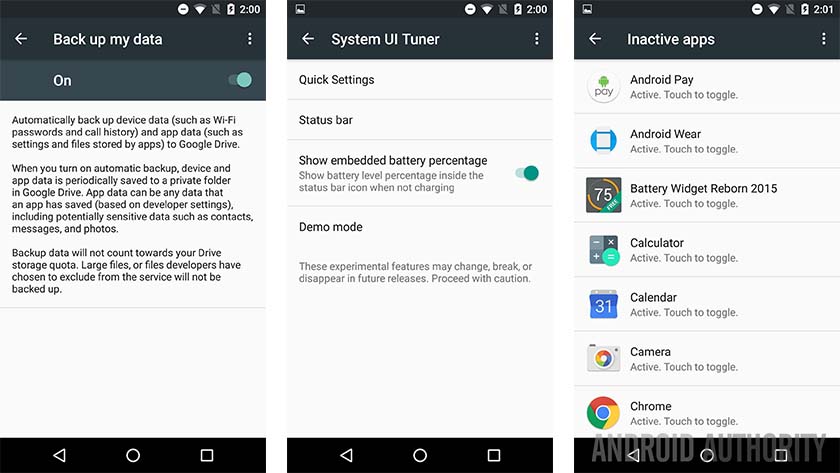
Marshmallow app crashes or freezes
Some users have also been experiencing random app crashes after the Marshmallow update. If you notice is it always the same app that crashes, it may just be a mismatched API issue (Marshmallow is API 23 and not all apps are compatible with it yet). The easiest thing to do is clear the app cache.
- Go to Settings > Apps > [choose app] > Storage > Clear cache. This will clear a single app’s cache.
If you’re not sure which app is responsible, or lots of them are crashing, you can also clear the cache for all apps simultaneously:
- Go to Settings > Storage and USB > Cached data > OK. This will clear the app cache for all installed apps.
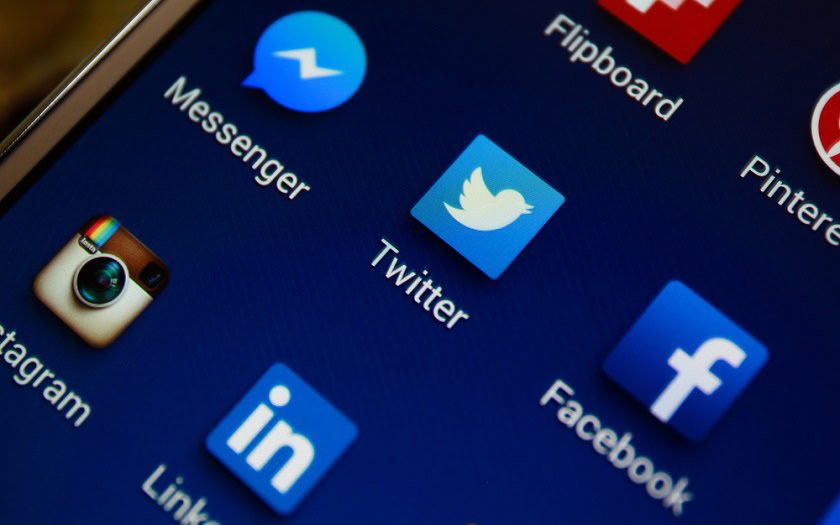
Marshmallow app syncing problems
Following the update to Android 6.0, some Nexus users were reporting issues with app syncing, mostly with email apps like Gmail and Inbox. Various explorations pinpointed Doze mode as the culprit, whereby the apps either synced very slowly or not at all due to Doze’s restriction of background processes.
The issue was marked as resolved by Google in early February, with a fix being applied in the first half of February. As mentioned at the time, there is no OTA or system update required, the problem was clearly just on Google’s side, but if LG or Samsung owners suffer the same problem, be sure to send a bug report to Google in case it is a simple Google-side fix again.
Marshmallow installation problems
Last year many Nexus users had Marshmallow installation problems due to a “missing system.img” error. Long story short, this was due to the flash-all.bat file not allowing the system image to be flashed.
The workaround is simple: just unpack the zipped image file, put all the unzipped update files in the same folder and flash each file individually via terminal commands (see the very bottom of this article for more detailed instructions). This won’t be a problem for Samsung and LG users, but it might reappear in future Marshmallow updates for Nexus devices.
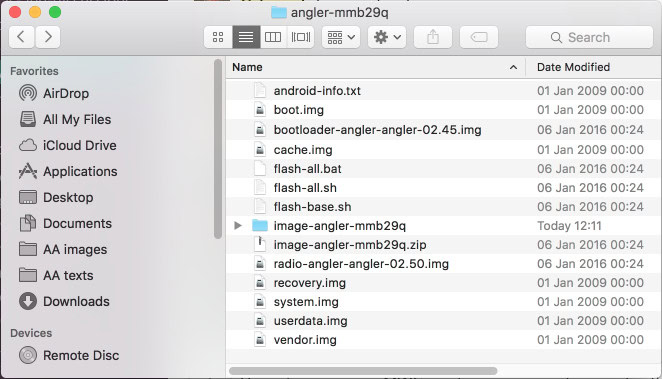
Marshmallow random reboots
The Marshmallow random reboot problem started happening almost instantaneously for a lot of folks after the update to Android 6.0, mostly when plugged into mains power. Some Nexus owners got a reprieve by reflashing the factory image or updating to Android 6.0.1.
Others solved the problem by disabling or uninstalling Greenify. Franco, hells-Core and ElementalX kernels were also found to be incompatible with 6.0 but seemed to work fine again on 6.0.1. The Weather Live app was also deemed to be guilty, based on a fatal exception on Android 6.0.
The long story short is there is no definitive solution for this problem yet, and we’re more than likely going to see it affecting Galaxy devices and the G4 soon. Strangely enough, at first a faulty power button was accused, and despite happening to lots of people simultaneously after the Marshmallow update, it seems to have at least a little credibility.
[related_videos title=”NEXUS VIDEOS:” align=”center” type=”custom” videos=”662020,659676,651620,650937″]
Marshmallow GPS problems
Following the earliest updates to Marshmallow, GPS accuracy took a hit, with many users logging the problem on the AOSP issue tracker. Despite more than 150 comments, Google still seems unable to find a solution, requesting more bug reports be submitted to help pinpoint the problem.
Suggested fixes include toggling GPS on and off, ensuring Wi-Fi scanning is enabled under Settings > Location > [overflow menu] > Scanning > Wi-Fi scanning > On or switching to Battery-Saving Mode for GPS accuracy, but no permanent fix has yet been identified.
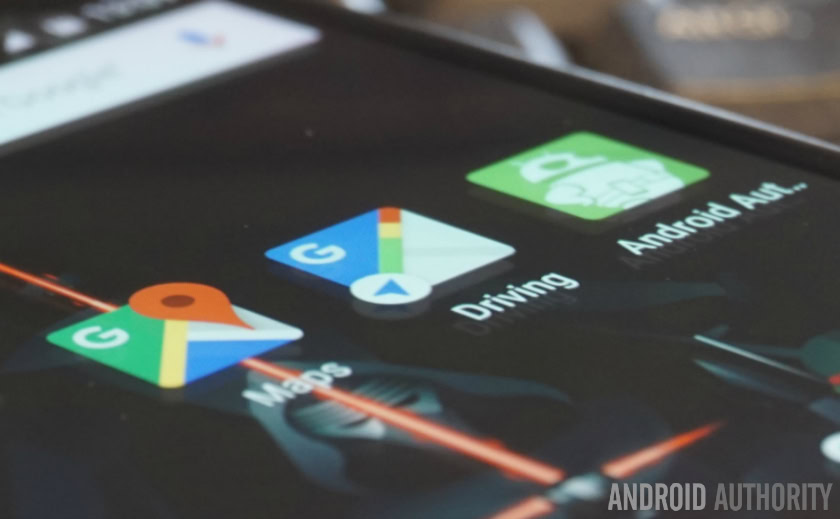
Marshmallow Wi-Fi problems
If you suffer from Wi-Fi connectivity problems after the update, try the following: toggle Wi-Fi on and off, enter Airplane Mode and exit again, forget and re-add your network connections, reboot your phone and finally go to Settings > Backup and reset > Network settings reset > Reset settings. This will reset all of your connections, including Wi-Fi, cellular and Bluetooth, so be aware of that before pulling the trigger. The same steps generally help with Bluetooth connectivity problems too.
Marshmallow data problems
If you suffer from data connectivity issues after an update, the solutions are equally low-brow: turn your phone off and on again, toggle mobile data on and off, remove and replace your SIM card and toggle Airplane Mode on and off. If these don’t help, hit your carrier’s support pages to see if others are having the same problem and contact your carrier to see if there are any known connectivity issues on the new Android version.
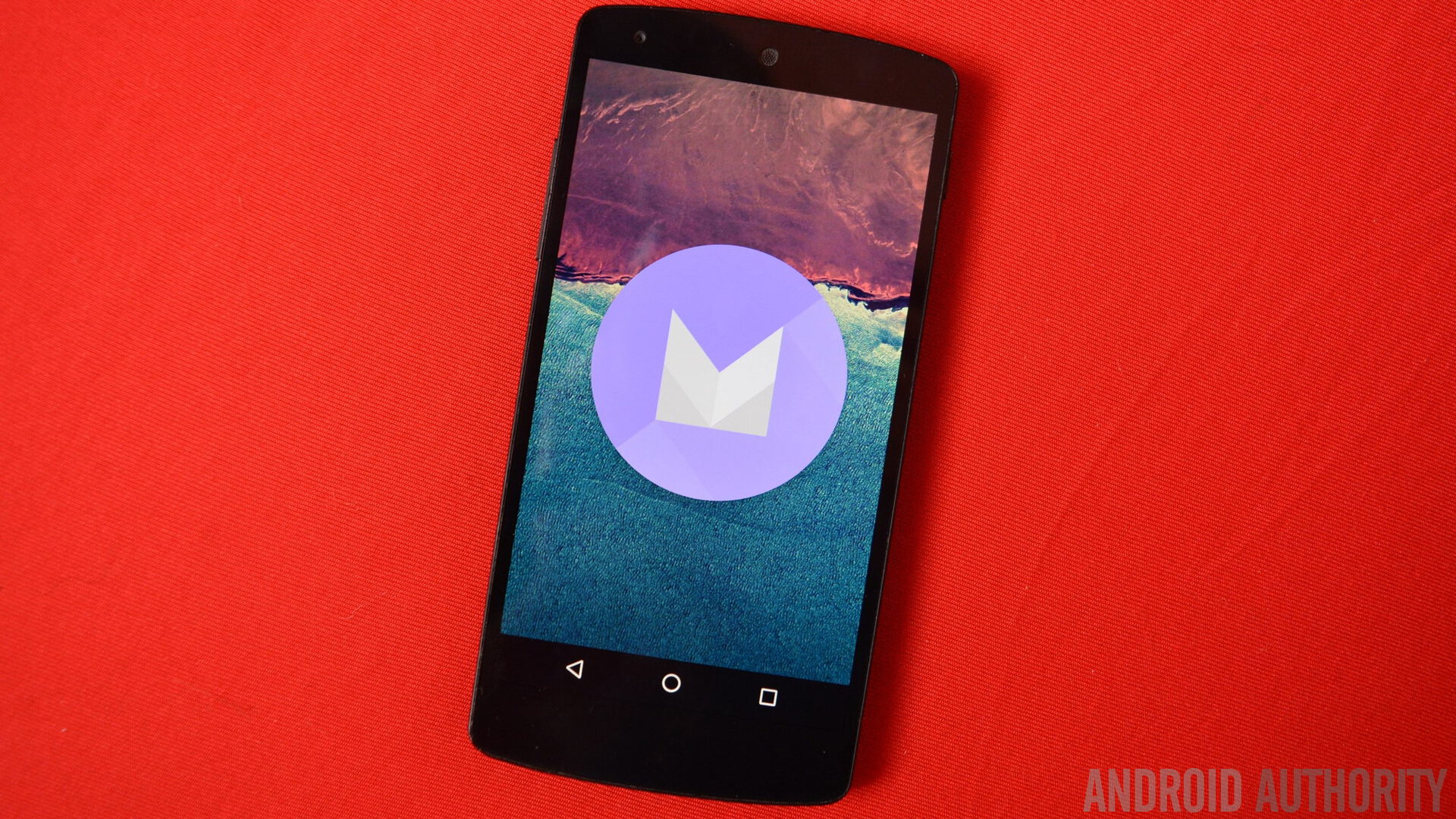
Marshmallow performance problems
General system sluggishness is another frequent complaint following an Android update. The easiest way to deal with it is to clear the system cache (outlined above) and if that doesn’t help, to simply do a backup and factory reset your device. There are plenty of great backup solutions out there, both computer-based and via apps.
If that seems a bit extreme, you can take the long route, by booting into Safe Mode to identify if the performance problem is app related. Safe Mode disables all third-party apps, so you can discover if the problem is caused by an app you installed. If it is, you’ll need to clear app caches or systematically uninstall each app and test performance. If your device is unstable or sluggish even in Safe Mode, then it’s a system performance issue and you should just factory reset.
Personally, the way I always avoid update problems is to backup before I update, factory reset, update, factory reset again and then restore my apps and data. While this process may seem like a pain, I never have battery or performance problems following an Android update and it’s definitely faster than endlessly looking for solutions and trying various fixes. Trust me, find a backup solution you trust and give the process a try next time you see an update notification.
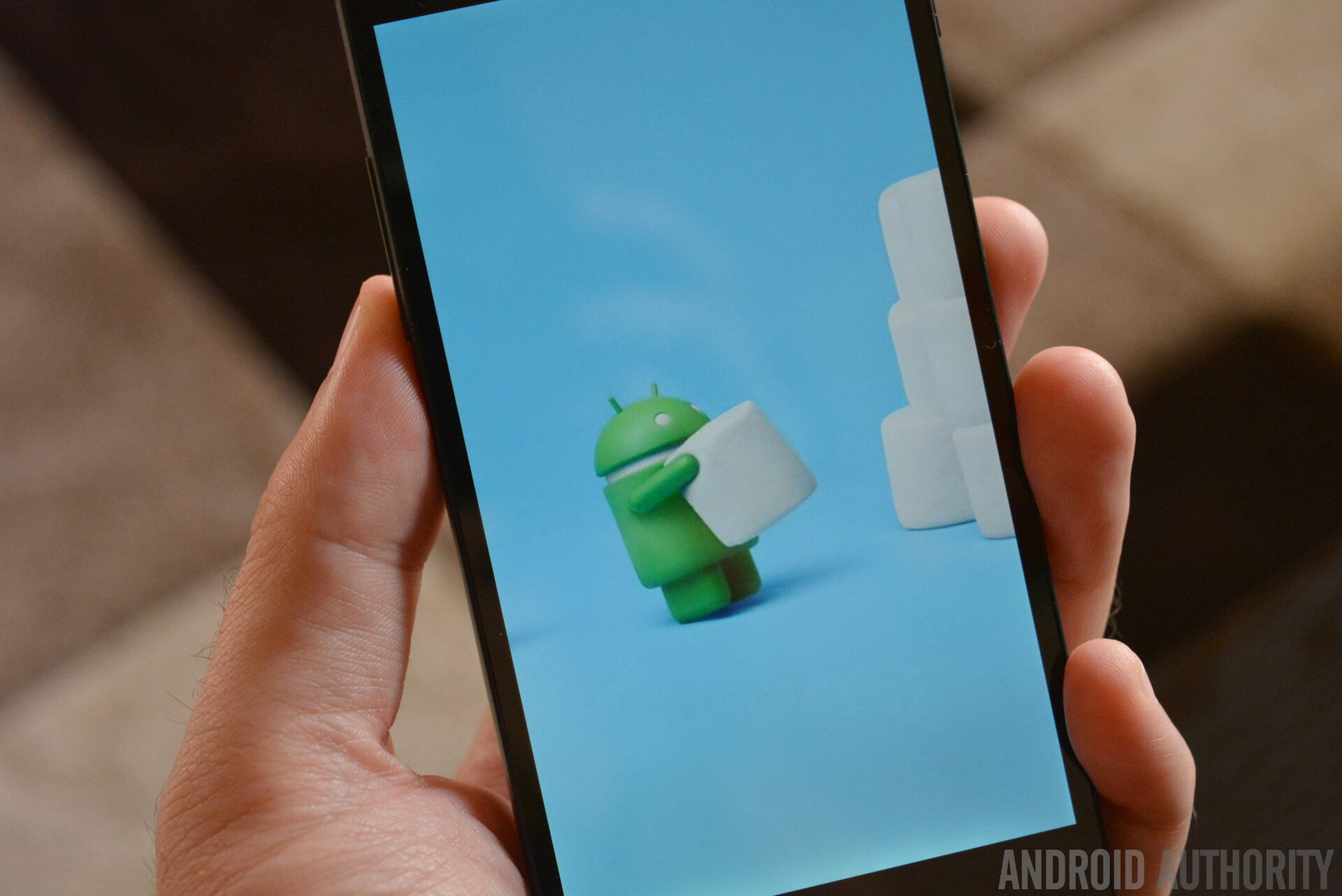
If all else fails: factory reset
Sometimes there’s nothing you can do and you’ve tried everything. No matter what half-baked or serious-sounding solution you attempt the problem persists. In these cases you have no choice but to bite the bullet and performa a factory reset. Many people find this option to be extreme, but it really isn’t. As mentioned above, simply backup your essential apps and data, factory reset and then restore and go about your business.
You can do a factory reset in the Android settings by going to Settings > Backup and reset > Factory data reset > Reset phone. Alternatively you can do the same thing from recovery, by turning your device off and following the steps outlined in the battery drain section of this article. Remember, the exact button combination is different for different manufacturers.
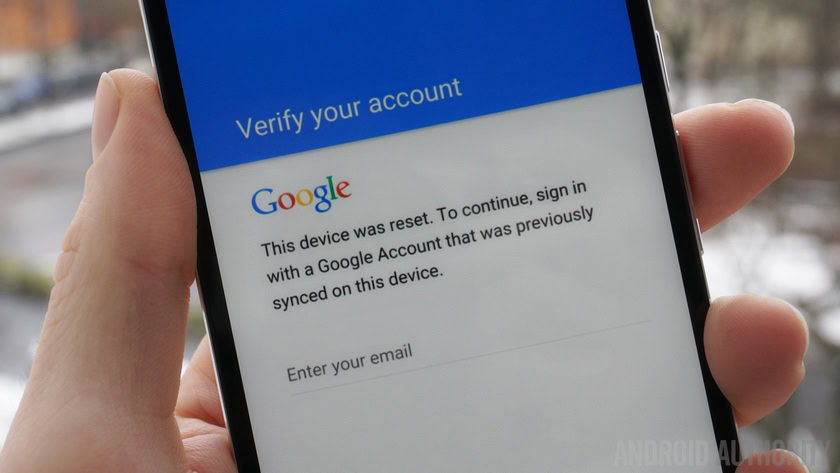
Installation troubleshooting
The following instructions are for Nexus users that experience problems manually flashing a firmware update using the flash-all.bat file. Simply unpack the zipped image file and move the contents to the same folder the rest of the update files are located (where flash-all.bat is located) and execute the following Fastboot commands. If any of the files are missing, just skip them.
- fastboot flash bootloader <bootloader-filename>.img
- fastboot flash radio <radio-filename>.img (if there is no radio file you can skip this step)
- fastboot reboot-bootloader
- fastboot flash recovery recovery.img
- fastboot flash boot boot.img
- fastboot flash system system.img
- fastboot flash vendor vendor.img (only required for Nexus 9)
- fastboot flash cache cache.img
- fastboot flash userdata userdata.img
- fastboot reboot
We want this list to be responsive, so if you are suffering from a problem not already covered – or you’ve found a fix for the one of the unsolved problems above – please hit the comments and let us know. If you see a comment posted with a problem you also suffer from, please upvote it so it gathers visibility.